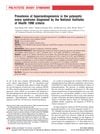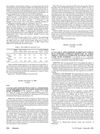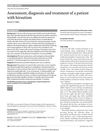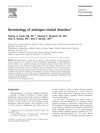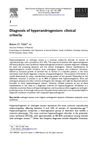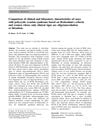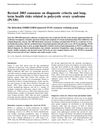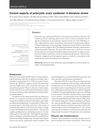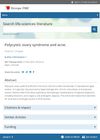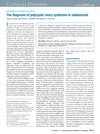Ratio of Ovarian Stroma and Total Ovarian Area by Ultrasound in Prediction of Hyperandrogenemia in Reproductive-Aged Thai Women with Polycystic Ovary Syndrome: A Diagnostic Test
September 2014
in “
Journal of Obstetrics and Gynaecology Research
”
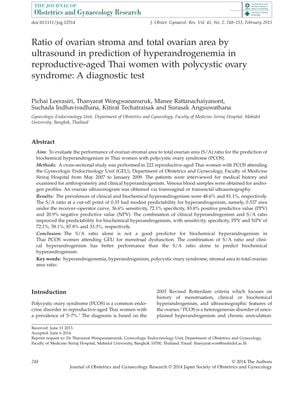
TLDR Ultrasound measurement of the ovarian stroma to total area ratio is not a reliable single predictor of high male hormone levels in Thai women with PCOS, but works better when combined with clinical signs.
In a study of 222 Thai women with polycystic ovary syndrome (PCOS), the ovarian stromal area to total ovarian area (S/A) ratio, measured by ultrasound, was evaluated as a predictor for biochemical hyperandrogenism. The S/A ratio at a cut-off of 0.33 showed modest predictability with an area under the curve of 0.537, sensitivity of 36.6%, specificity of 72.1%, positive predictive value of 83.8%, and negative predictive value of 20.9%. Predictability improved when the S/A ratio was combined with clinical hyperandrogenism, resulting in sensitivity, specificity, PPV, and NPV of 72.1%, 58.1%, 87.8%, and 33.3%, respectively. The study concluded that the S/A ratio alone is not a reliable predictor for biochemical hyperandrogenism in Thai women with PCOS, but it is more effective when combined with clinical signs of hyperandrogenism. The findings suggest that biochemical hyperandrogenism should be tested in all Thai women with PCOS for appropriate treatment, particularly where serum androgen measurement is not available. The research was funded by the Siriraj Grant for Research and Development Fund from the Faculty of Medicine Siriraj Hospital, Mahidol University.
